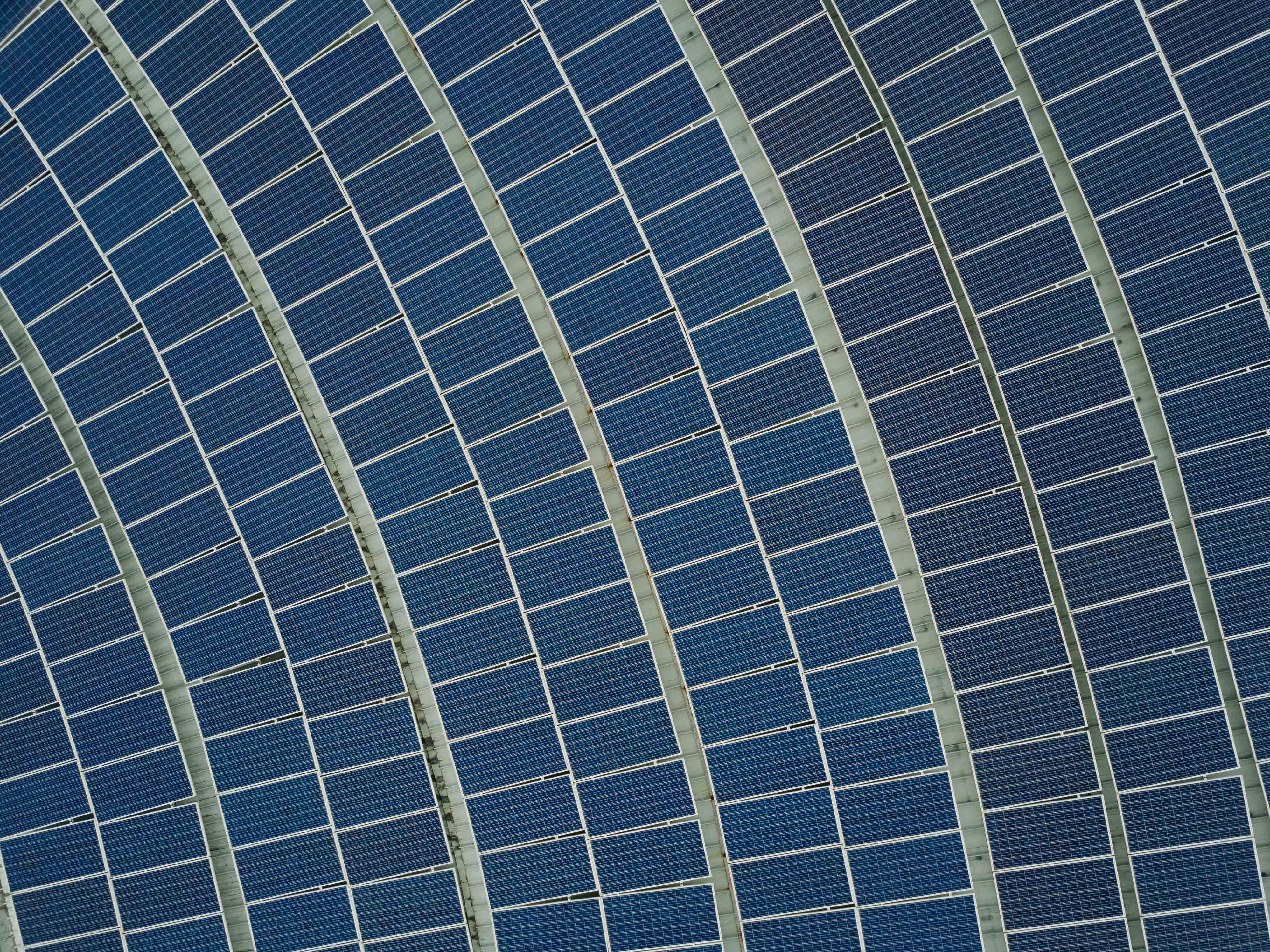In the ever-evolving tapestry of renewable energy, the sun stands as both a constant and a variable—a celestial powerhouse with patterns as intricate as they are enduring. Yet, as humanity seeks to harness this radiant energy, the challenge lies in predicting its daily dance across the sky. Enter the realm of machine learning, where algorithms and data converge to illuminate the future of solar forecasting. This digital symbiosis promises to refine our understanding of solar patterns, offering a glimpse into a future where energy grids are as dynamic as the sunlight that powers them. In this article, we delve into the fascinating intersection of machine learning and solar energy, exploring how this innovative technology is transforming our ability to predict and utilize one of Earth’s most abundant resources.
Harnessing Data Patterns for Accurate Solar Predictions
Machine learning is revolutionizing the way we predict solar energy production by diving deep into the ocean of data patterns. By analyzing historical weather data, cloud movements, and atmospheric conditions, advanced algorithms can now offer unprecedented accuracy in forecasting solar power output. These intelligent systems adapt and learn from new data, continuously refining their predictions to account for factors such as seasonal variations and unexpected weather changes.
- Improved Energy Management: Utilities can better manage energy grids, ensuring a balanced supply-demand ratio.
- Cost Efficiency: Accurate forecasts help in reducing reliance on backup energy sources, lowering operational costs.
- Enhanced Reliability: Predictive insights allow for more stable and reliable solar power generation.
With the ability to process vast datasets, machine learning models identify intricate patterns that human analysts might overlook. This technological advancement not only paves the way for a more sustainable future but also fosters innovation in renewable energy technologies. As these models evolve, they hold the promise of unlocking the full potential of solar energy, making it a cornerstone of global energy solutions.

Integrating Real-Time Weather Data with Machine Learning Models
By harnessing real-time weather data, machine learning models can dynamically adjust predictions to reflect current atmospheric conditions, enhancing the accuracy of solar energy forecasts. This approach allows for the integration of diverse data sources, such as satellite imagery, ground-based sensors, and meteorological reports, providing a comprehensive view of the factors influencing solar radiation.
- Dynamic Adjustments: Machine learning algorithms continuously update forecasts based on live data, enabling solar energy systems to respond to sudden changes in weather conditions.
- Enhanced Accuracy: By utilizing a variety of data inputs, these models improve prediction accuracy, which is crucial for energy grid management and efficiency.
- Scalability: The models can be tailored to different geographical locations, making them versatile tools for solar energy forecasting worldwide.
Ultimately, integrating real-time weather data into machine learning models not only boosts the reliability of solar energy predictions but also supports the sustainable management of energy resources.

Optimizing Energy Management through Enhanced Forecasting Techniques
In the quest for optimizing energy management, the integration of machine learning into solar forecasting is proving transformative. Traditional methods often fall short in accurately predicting solar energy production due to their reliance on static models and limited data inputs. Machine learning, however, leverages vast datasets, encompassing everything from historical weather patterns to real-time satellite imagery, to generate more precise forecasts. This dynamic approach enables energy providers to adjust their operations proactively, ensuring better alignment between energy supply and demand.
Key advancements in this field include:
- Enhanced Predictive Accuracy: Algorithms are continuously refined to improve the precision of solar output predictions.
- Real-Time Adjustments: With machine learning, forecasts can be updated instantly as new data becomes available, allowing for immediate operational changes.
- Cost Efficiency: More accurate forecasts reduce the need for costly energy storage and minimize waste.
- Sustainability: Improved forecasting contributes to a more sustainable energy grid by maximizing the use of renewable resources.
As these technologies evolve, the potential for more resilient and efficient energy systems becomes increasingly attainable, marking a significant stride towards a sustainable future.

Recommendations for Implementing Machine Learning in Solar Forecasting Systems
To effectively integrate machine learning into solar forecasting systems, it is crucial to consider a multifaceted approach. Start by ensuring that high-quality, granular data is available, as the accuracy of any model heavily relies on the quality of input data. This involves collecting meteorological data, historical solar power output, and satellite imagery to form a comprehensive dataset. Additionally, invest in robust data preprocessing techniques to handle missing values, noise, and inconsistencies that could skew the model’s predictions.
- Utilize ensemble learning methods to improve predictive performance by combining multiple models.
- Incorporate feature selection and dimensionality reduction techniques to enhance model efficiency.
- Employ cross-validation strategies to ensure the reliability and generalizability of the forecasting model.
- Regularly update and retrain models to adapt to changing weather patterns and technological advancements.
engage in a continuous feedback loop by integrating machine learning models with real-time monitoring systems. This allows for dynamic updates and adjustments, ensuring that the solar forecasting system remains accurate and responsive to new data. By adopting these strategies, stakeholders can harness the full potential of machine learning to optimize solar energy production and grid management.
The Way Forward
As we stand on the brink of a renewable revolution, the synergy between machine learning and solar forecasting illuminates a path toward a more sustainable future. By harnessing the power of advanced algorithms, we are not only enhancing the accuracy of solar predictions but also empowering energy systems to operate with unprecedented efficiency and resilience. This convergence of technology and environmental stewardship underscores a critical evolution in how we perceive and utilize natural resources. As the sun rises on this new era, we find ourselves equipped with the tools to better predict, adapt, and innovate, ensuring that the promise of solar energy is not just a fleeting glimpse but a sustained reality. With machine learning as our guide, the horizon of clean energy has never been clearer, paving the way for a world that thrives in harmony with its environment.

































